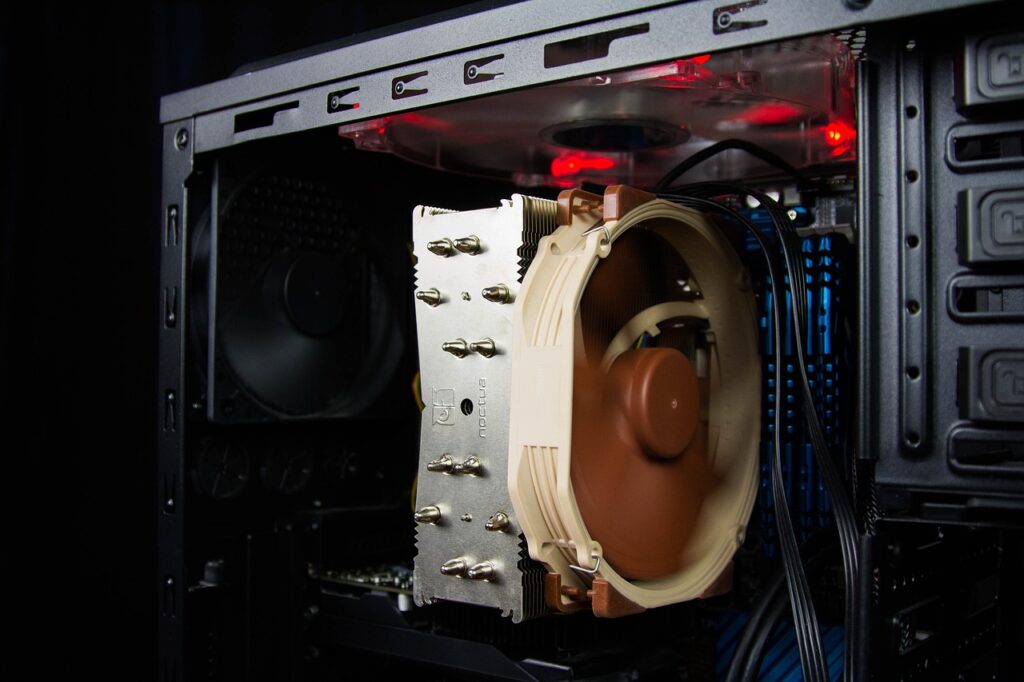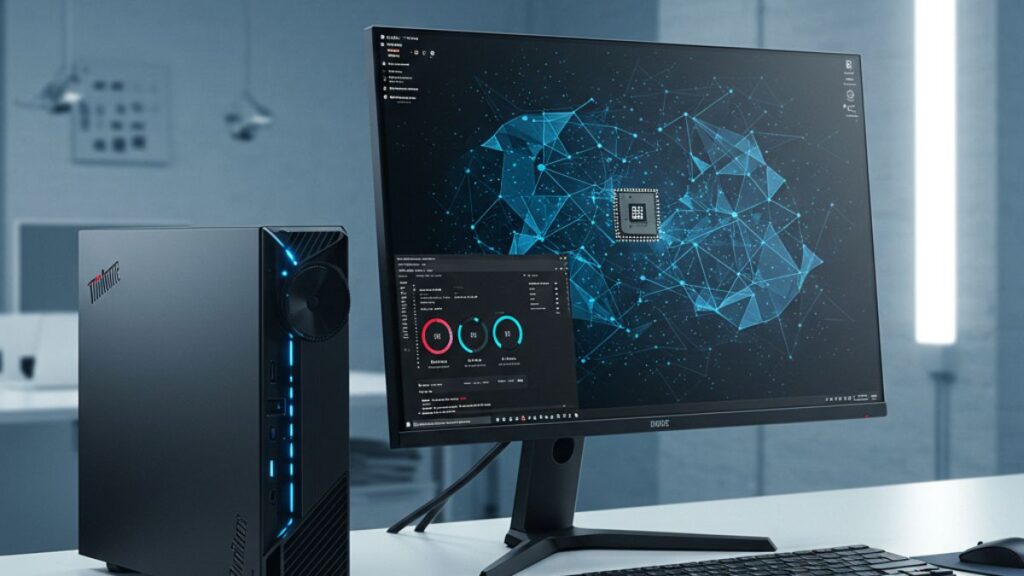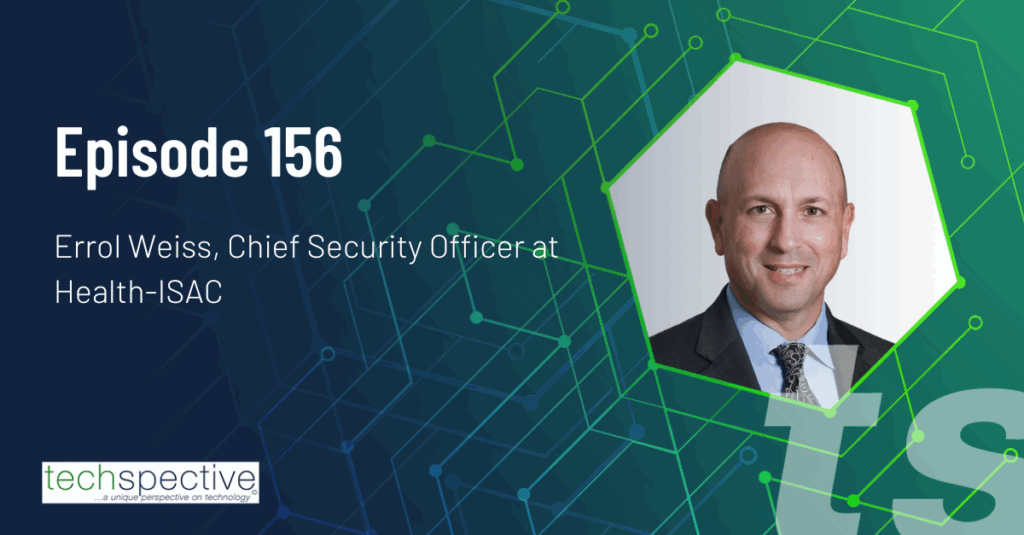For many, a computer slowing down means one thing — it’s time for a replacement; however, we suggest not making any drastic decisions until you have read this guide. Many people don’t know that there are a few easy things you can do to significantly improve the speed of your computer without having to invest in buying another one. Below, we will review the top things you can try to improve your computer’s performance.
Increase Your Physical Memory/RAM
One of the most effective ways to increase the speed of your computer is to free up some space on your hard drive and increase the amount of RAM your computer has. RAM stands for Random Access Memory and is a short-term data center for your PC. If this data center becomes overwhelmed, it can cause the computer’s performance to drop significantly. This means it takes longer for the computer to perform tasks; whether you are browsing the internet or participating in live gaming events, the PC will become very sluggish.
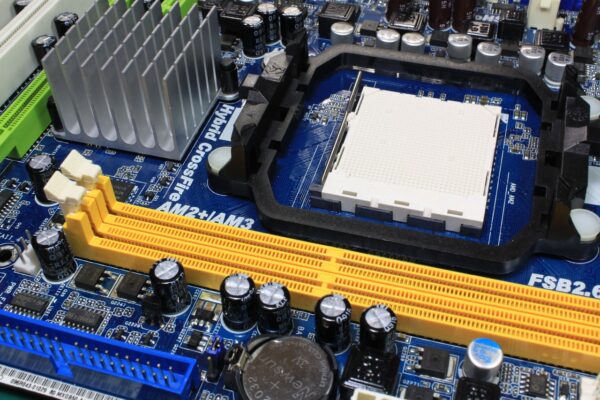
You will be glad to know that upgrading your computer’s RAM is easy. It will, however, involve you opening your PC up and handling pieces of the computer hardware that can be fragile. This means that you must be cautious and make some preparations to avoid damaging the PC’s components.
First, you will want to determine how much RAM your computer has. You do this by opening the task manager on your PC, which is found under the Start menu. In general, around 8GB of RAM is more than enough for the average computer user who requires the ability to multi-task and browse at high speeds.
However, suppose you are a professional who needs a lot of power for your job, such as video editing, or a gamer playing power-intensive games. In that case, consider upgrading to 16GB of RAM. In addition, you need to find out how many RAM slots your PC has, as this can limit the amount of RAM you can add. You also need to know if your PC takes DDR4-type 4 or DDR3 RAM so you know what type of RAM to buy. Once you have figured this out, inserting RAM into your PC is relatively simple. You need to find the slots on your motherboard, remove the old memory sticks, and replace them with the new ones.
Free Up Space on Your Computer
The next thing you can do to improve the speed of your computer is to free up some space on your hard drive. Of course, if you don’t think you have any unnecessary programs on your computer, you can buy a new hard drive with more storage space; however, this comes at a cost.
First, you should check if you can remove unused items on your computer. To do this, open the control panel and find and select the “Add or Remove Programs” option. You should then see all of the programs stored on your PC. A top tip is to filter the list by selecting “first installed” and see if you have any firewall installed on your PC that you aren’t using.
Check Your Computer for Viruses and Malware
The fewer programs you have on your PC that automatically start running when you turn your computer on, the quicker it will boot from startup. It is important to note that harmful software, known as malware, will not appear in your list of programs on your PC and can greatly slow your computer down, so this step will not help speed up your PC if this is your issue. One of the best ways to detect whether or not your PC has malware installed is by using an antivirus scanner that can be found for free and can be used to remove harmful software slowing down your PC.
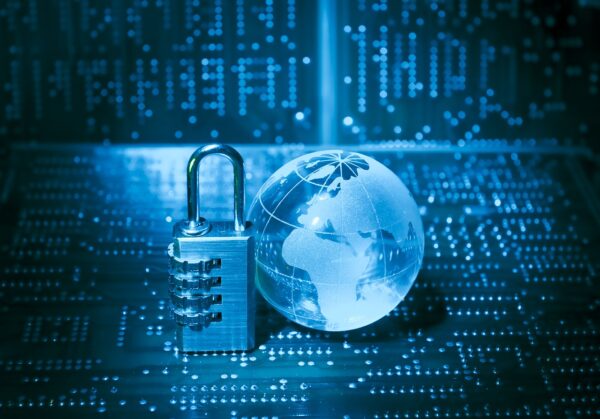
Clear Your Temporary Files
Temporary files are stored on your computer to allow faster loading; however, these files can build up over time and begin to slow your PC down. So, one of the easiest ways to speed up your computer is to clear these temporary files. To do this, open up the Start menu and select “Disk Cleanup.” The next step is to choose the temporary files on your computer and delete them all. You can also clear your browser’s cache by removing the temporary files stored on your browser.
Defragment Your Hard Drive
The final tip on this list is to defragment your hard drive, which can help with computer optimization and utilizing the space you have freed up. This can be done by navigating to the Control Panel on your PC and selecting the “System and Security” option. You can find the “Defragment” option on your disk in the Administrative Tool.
It should be noted that it may take some time to complete the defragmentation process; you can expect to wait between a few minutes and a couple of hours.
Optimize the Speed of Your Computer Now
So there we have it; now you know about some of the best ways you can boost the speed of your computer without having to replace it altogether. You should try all of the methods mentioned above before considering buying a replacement, as this could save you a significant amount of money in the long run, and there may not be anything wrong with your
